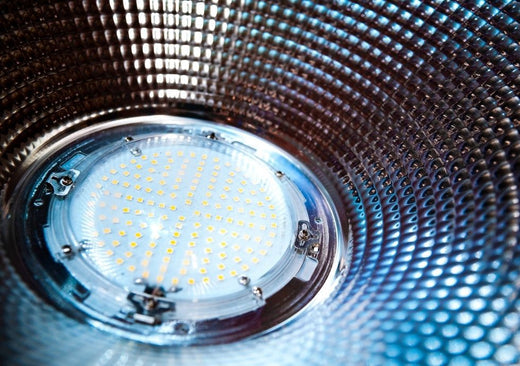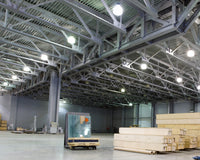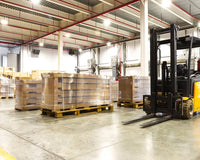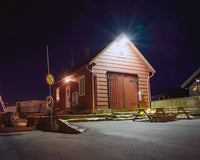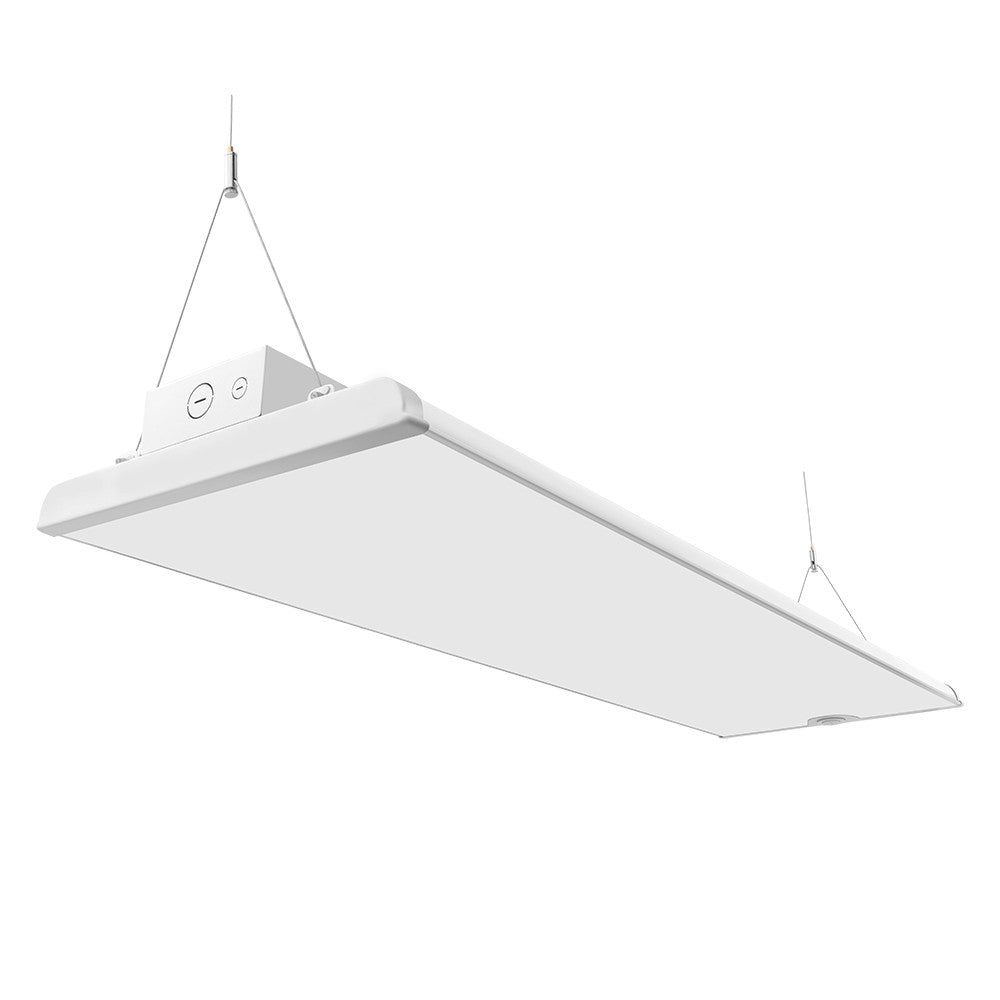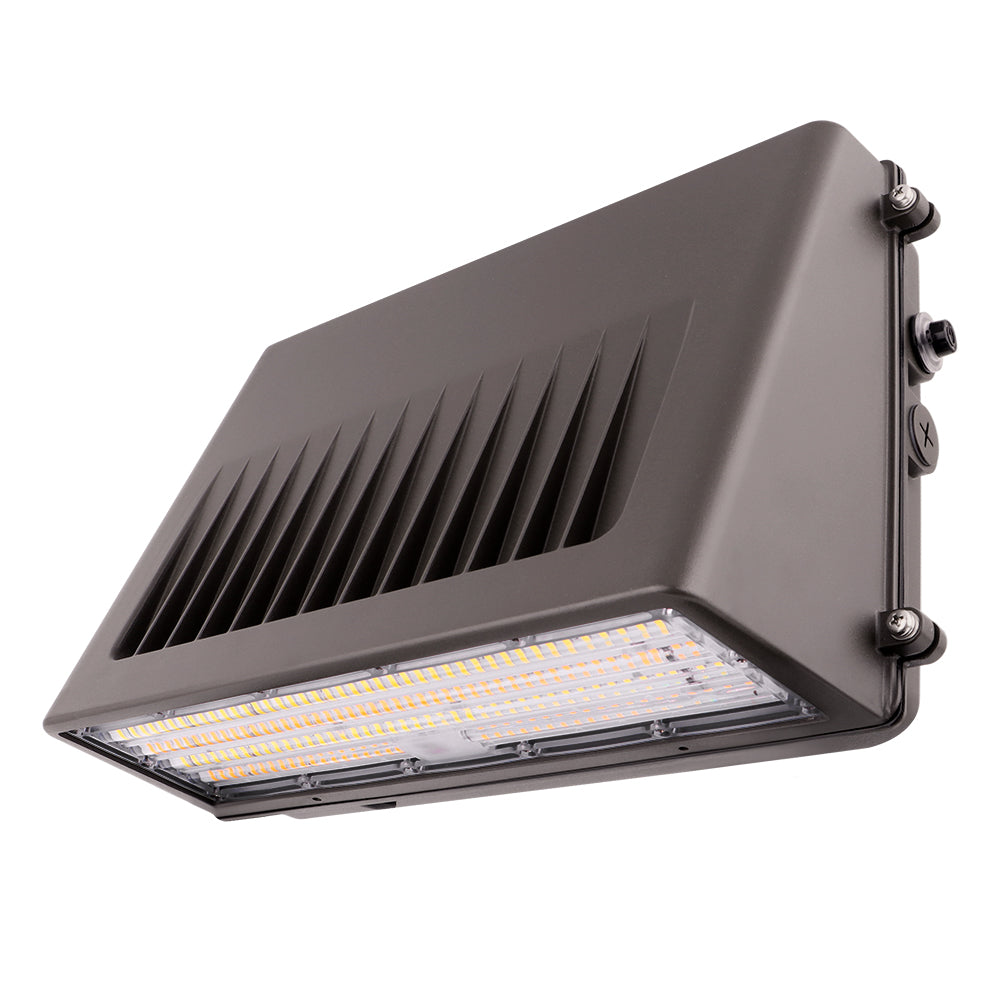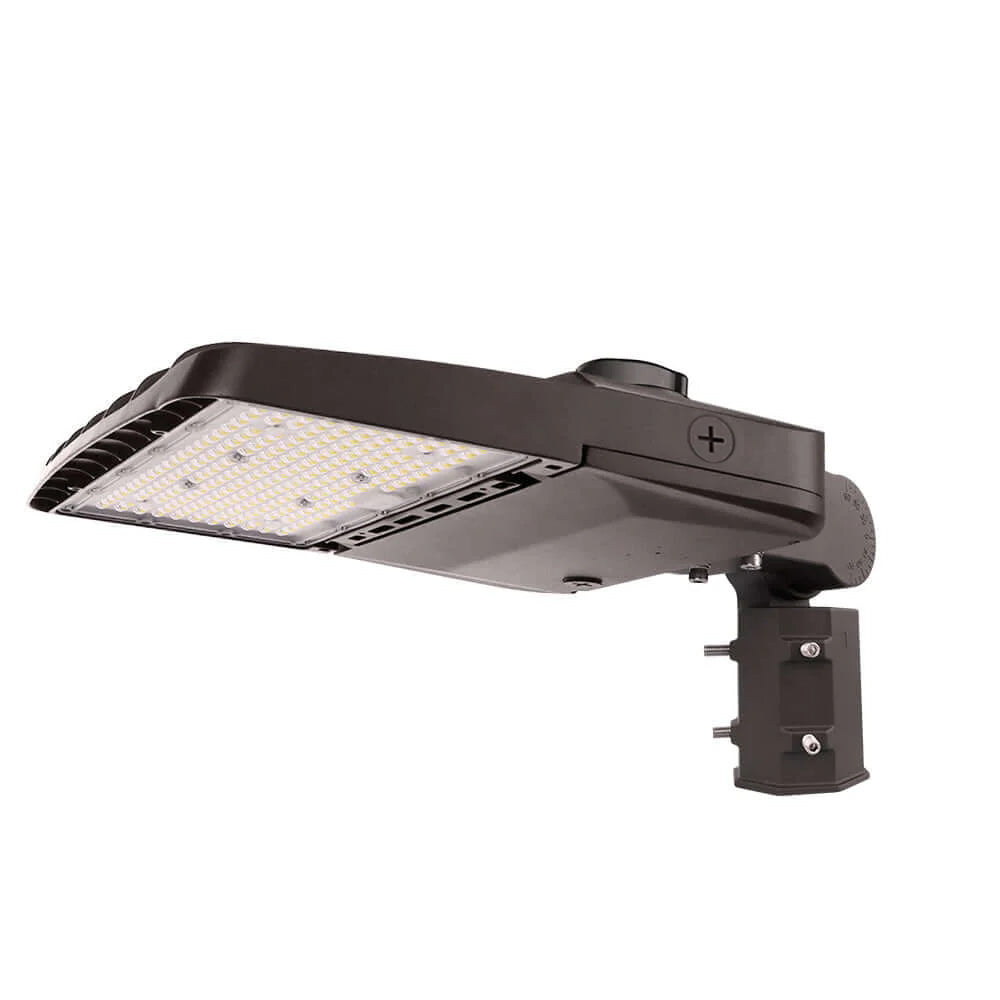Commercial LED Bay lights are among the most common lighting fixtures people utilize when illuminating industrial spaces, and they come in two types. You may have found yourself asking, “What’s the difference between high bay vs. low bay lighting?” Ceiling Height is the start for your selection.
High Bay
High bay lighting is ideal for spaces with mounting heights of 15 to 40 feet above the floor. These fixtures are specifically designed to ensure the light remains effective and doesn’t dissipate before reaching the ground.
High bay lights commonly feature beam spreads of 90° and 120°. A narrower beam is useful for lighting aisles in a warehouse, as it creates higher lux levels on the floor, while a wider beam works well for open spaces, providing broader light distribution patterns.
These lights are best suited for warehouses, commercial buildings, retail centers, gymnasiums, and hangars. The higher the mounting height, the greater the lumen output needed. High bay lights can be mounted using chains or hooks for secure installation. For more detailed guidance, check out this LED High Bay Lights Buying Guide.
Low Bay
Low bay lights are suitable for ceilings with heights less than 15 feet, typically between 12 and 15 feet. Low bay lighting requires a smaller lumen output because the light fixtures are closer to the floor than their high bay counterparts. Low bay lighting is most common in areas like garages, retail stores, workshops, or barns.
Does It Matter?
Yes, it does. Using the wrong lighting can have serious implications. If you opt for low bay lighting when your ceilings are over 15 feet tall, workspaces will be dim. Under lit areas can create hazards, which can then lead to accidents. On the other hand, if you get high bay lights when you need low bay ones you could create hazards as well, due to unnecessary brightness and glare. Matching your ceiling height to the wattage and brightness you need for your specific application – will result in energy efficient proper light distribution for your space.
Now that you have a better sense of what the difference is between high bay and low bay, you may find yourself in need of commercial high bay LED lighting. Revolve LED is here to help!


